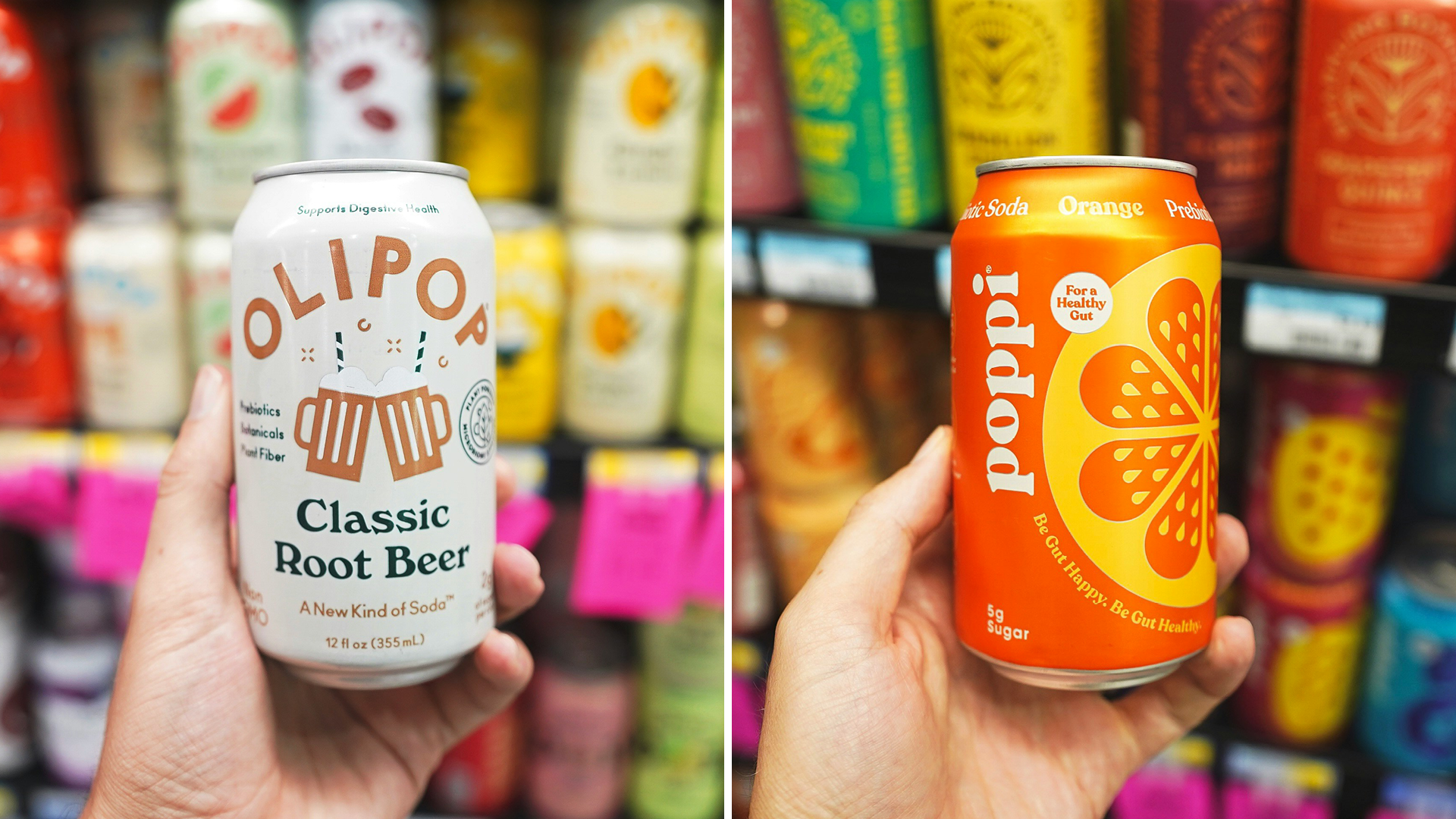With continuous daily and even hourly news affecting our nation’s food supply chain, business and capital markets for food and ag-centric private equity groups, operating companies, and their investors should expect highly volatile results and startling, unanticipated consequences for the foreseeable future.
The U.S.—and the world—faces an existential threat of a lifetime. Ushering in an era of heightened uncertainty stemming from the outbreak of COVID-19, we as a nation have been starkly reminded of the critical role of our food and beverage ecosystem. Unique to food and beverage companies, COVID-19 can greatly impact a business positively or negatively depending on where it sits in the farm-to-fork value chain. It is vital for all companies to keep the grocery shelves (physical or digital) stocked.
Growers, manufacturers, distributors, retailers, brands, restaurants, delivery drivers, and e-commerce solution platforms have effectively become, along with medical and healthcare providers, police, and firefighters, our first responders. They are the frontline and point-of-impact that serves to feed America.
A Shift in Spend to Food-At-Home and a CPG Grocery Surge
Consumers are looking to stock up on long shelf-life products as routine shopping trips devolve into early hoarding. The producers of center-of-store items have not seen anything remotely close to current velocities and are struggling to fill the surge in COVID-related demand. While we believe the rapid uptick in center-store products is temporary, and that consumers will gradually return to the fresh perimeter when the world normalizes, there is a unique opportunity for center-of-store manufacturers to capitalize on the heightened need for their products.
These manufacturers should be wary of unanticipated consequences when business seems too good to be true. As grocers try to better align product assortment with consumer demand, manufacturers may be asked to consolidate or rationalize SKUs. This means manufacturers must be ready to adequately fulfill surge orders and pivot with ingredients and packaging toward one product.
Large CPG companies hold the resources and capabilities to fill this surge demand. Several major CPG players were quick to act and are already realizing incredible results; J.M. Smucker, Hormel Foods, Tyson Foods, Inc., and Kraft Heinz Co. announced an increase in production by as much as 40% in March in order to keep up with demand.
Smaller brands, on the other hand, may struggle. Some will be unable to pivot as quickly to focus on surge demand for particularly sought-after items. However, those that can be dynamic and scale quickly will be able to gain exposure sooner than previously expected. As shortages emerge in key product categories, retailers may turn to emerging brands to “fill the gaps” with expedited brand onboarding. This surge demand in the grocery channel will create opportunities in select categories for emerging brands and serve as a potential lifeline for foodservice manufacturers who can adapt.
Better-for-You Products’ Upward Trajectory
Some might expect premium, better-for-you products to be hit hard as consumers trade down during this period of economic uncertainty. However, investors in the food space believe these products will endure—consumers have shown a willingness to pay up to eat healthier. If a product’s value proposition is “better-for you” (e.g., organic, all-natural, cruelty-free) instead of simply being premium or gourmet, it may be able to differentiate to build and retain a dedicated customer base. As stay-at-home government directives require consumers to shift dollars to food-at-home instead of food-away-from-home, demand for these better-for-you products may surge.
Players Serving Foodservice & Restaurant Channels Need to Adapt
Our restaurant friends are on the opposite side of the spectrum. Full-service chains and independent operators face a reckoning as many that rely on table service are furloughing workers and attempting to stay alive with takeout and delivery. Ringing up only about 15-20% of their normal sales, operators that aren’t typically suited for the takeout and delivery services must shift their operations—at-home dining is their only lifeline.
The ripple effect on foodservice distributors and manufacturers is devastating, with many taking drastic measures as a result. Baldor Specialty Foods, one of the largest private wholesale food distributors in the U.S., quickly launched a consumer-facing website on March 18 after 30 years of only serving wholesale customers. Foodservice customers represented 88% of Baldor sales in a typical month—these customers only made up 3% of Baldor sales in March. Baldor moved fast to find a creative solution in hopes of keeping its inventory flowing and business running.
Will Online Trend Last Post-Pandemic?
As the foodservice industry faces tremendous challenges, it still represents $750 billion of annual U.S. consumer spending. The National Restaurant Association estimates $225 billion of restaurant spend will be “lost” in the next three months, with consumers shifting to “at-home” consumption solutions provided by grocery retailers, other grocery channels, and online grocery and meal companies who stand to benefit greatly.
A key recurring customer base for the online grocery and meal kit industry, pre-COVID, was consumers with restrictive diets. When specialized food choices become difficult to find, online grocery and meal solutions perform well. Consumers following a dietary protocol turn to these companies because less mainstream ingredients can be difficult to find in many areas across the country. In the current COVID-19 environment, food is more difficult to find for all consumers and physically shopping in a grocery store has a perceived risk. Therefore, consumers are shifting online. More than a third of U.S. households used an online grocery service in March and online orders for delivery and pickup grew 192% versus summer 2019, according to consulting firm Brick Meets Click.
As a result, the recent surging performance of meal kit companies is not surprising. The shining example is Blue Apron; its stock price is up over 400% since the end of February after years of declines from its IPO price of $10.00. These services are now experiencing rapid growth, and due to their subscription-based format, can achieve long-term gains as well. New consumers are flooding to these services, driving low customer acquisition costs. The players who navigate surge demand successfully and provide top-notch reliable service and superior quality will be best positioned to efficiently attract and retain customers well into the future.
Growers and Agriculture Face Uncertainty
Given that farming makes up 1.3% of total U.S employment, or roughly 2.6 million Americans, it is important these companies survive in order to avoid layoffs. They are essential feeders for the rest of the food system. However, farmers are facing significant challenges with labor, water, tariffs, and capital requirements that have been expedited by COVID-19. According to the National Sustainable Agriculture Coalition, small farms and ranches that sell locally could see a decline in annual sales of as much as $690 million if social distancing measures are in place through the end of May. The negative industry headlines tend to focus on airlines and restaurants, who have experienced a sharp decline, but those industries were performing quite well pre-COVID-19.
Farmers were not as historically fortunate, and while some agriculture companies benefited from consumer stockpiling, those who sell directly to now-closed restaurants, farmer’s markets, or schools have seen sales go to zero overnight. Growers also rely heavily on migrant labor from Mexico and other countries; each year, tens of thousands of farm workers come to the U.S. to prune, plow, plant, and pick. While the federal government ramps up travel restrictions to stop the spread of COVID-19, farmers are uncertain they’ll have this crucial labor force for 2020 production.
There is hope; the Department of Agriculture was granted $9.5 billion in emergency appropriations to help farmers impacted by COVID-19. The farmer’s markets that many small farms and ranches depend on for most of their sales have been deemed essential businesses by 12 states, allowing them to remain open. Businesses are getting creative and launching direct-to-consumer offerings that bring chef-level, locally sourced, farm-to-table ingredients into the surging “at-home” cooking market. The farmers who can withstand the near-term hit to demand and adapt to the new environment will emerge as more diverse businesses in a less crowded market.
Adaptation is Key
Since the recession ended in 2009, food and beverage companies and other investors benefited from a nearly 10-year bull market run in the equity markets. With COVID-19 shattering the market’s trajectory and plunging the world into deep recession, food and beverage remains relatively—but hardly immune—to significant turbulence in every sector of the supply chain, from farm to fork.
The food and beverage sector is unique in that society vitally depends on it. Its continued operation is critical to the wellbeing of all people. As these companies try to navigate this new world, they’ve been thrust into the role of America’s first responders, ensuring basic food supplies are available to consumers. Thus, certain subsectors are primed for rapid short-term growth through this pandemic. The key to emerging as a winner is the ability to adapt in rapidly devolving economic environment.
As the public and investor community gain more certainty around the containment of COVID-19 over the coming weeks and the economy begins to rebound, food and beverage companies will remain highly sought-after investments.
By Mike Schall, a managing director on the food & beverage team at FocalPoint Partners, LLC, a Los Angeles-based middle market investment bank. Reach him at mschall@focalpointllc.com.









